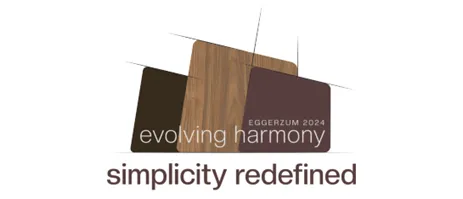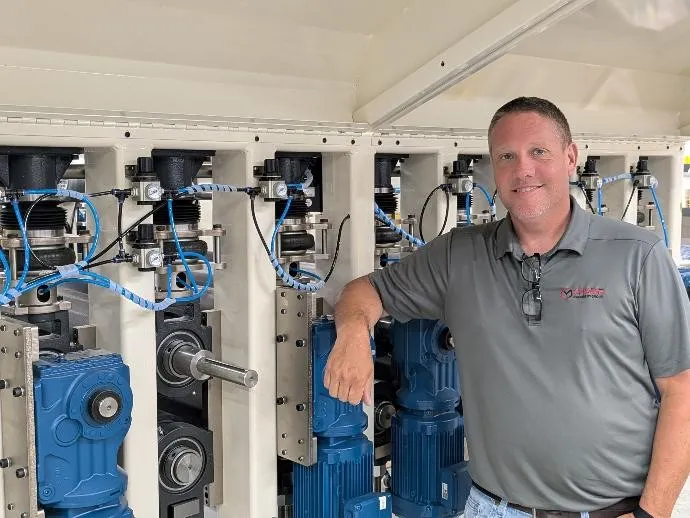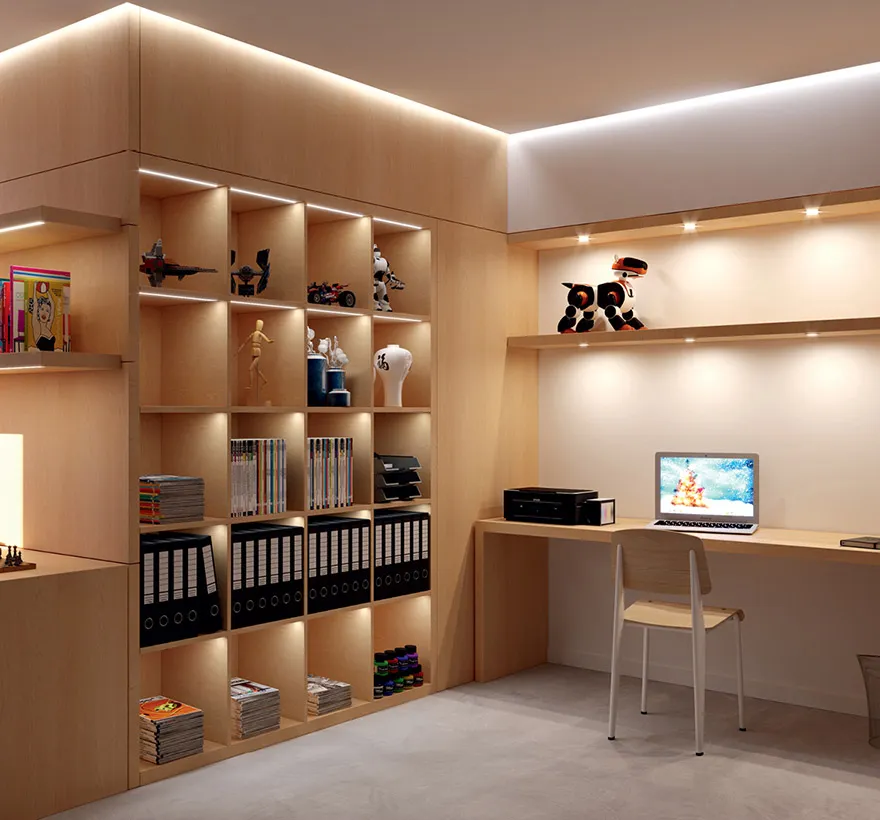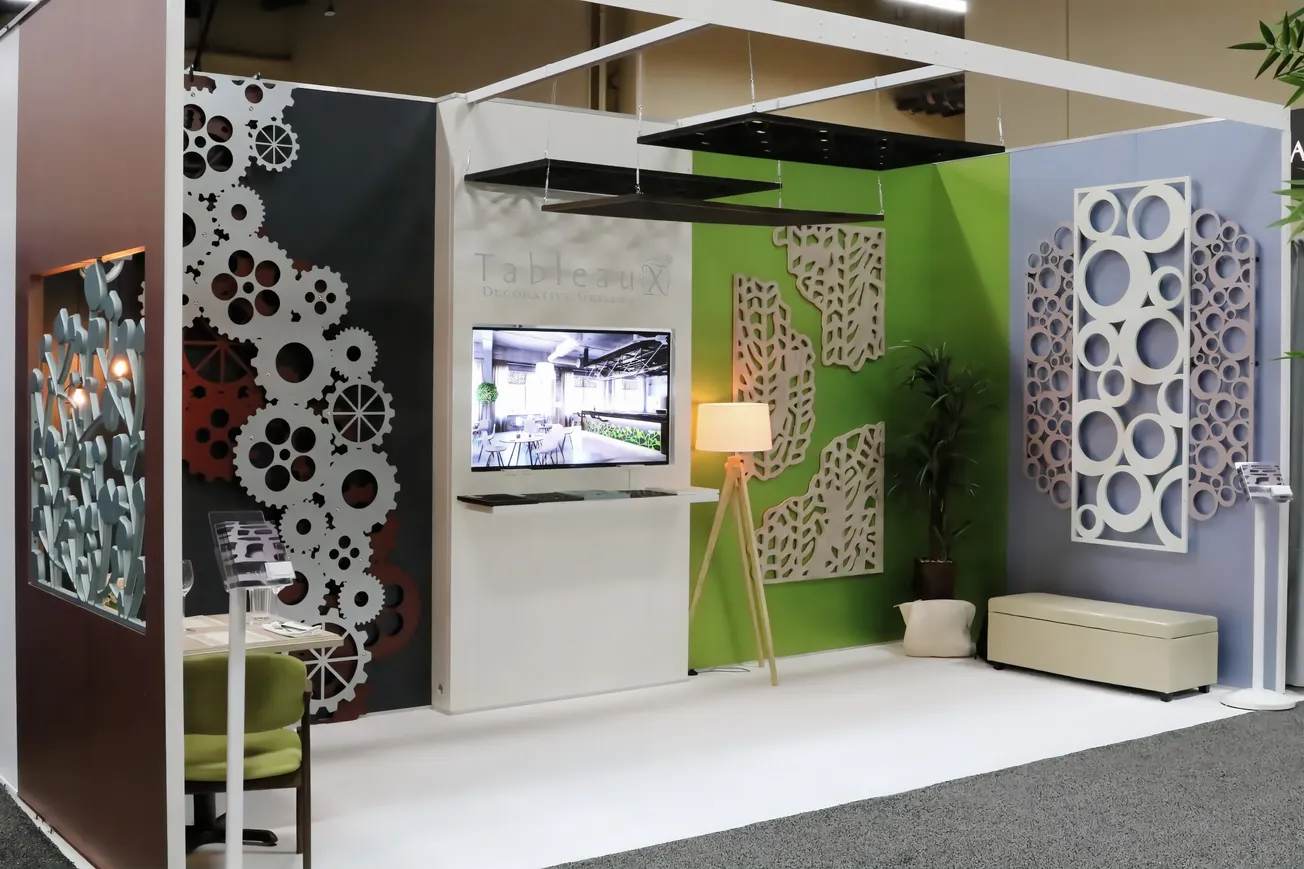Table of Contents
Text by Dan Thawley, Architectural Digest
Photography by Jason Schmidt and Alexei Hay
The onetime fashion designer took on a role as the coworking company's chief creative officer last year
"WeWork is one of the pioneers of the shift in office space; this idea that you walk in and it doesn’t feel like an office, it feels like a home," says Adam Kimmel, the fashion designer who stepped into the role of chief creative officer at the shared work space start-up in September last year. Considered one of the venture capital "unicorns" of the last decade, the New York–based real-estate concept has now over 400 locations worldwide, offering everyone from individual subscribers to large-scale companies the chance to benefit from their multi-format communal work spaces in urban centers—shared offices that boast stylish, open plan interiors, state-of-the-art communication facilities, and beer on tap.

Top: A colorful conference table in the WeWork office features Knoll Cesca chairs around a custom table. Above: Employees work on custom sofas upholstered with Maharam fabric. Surrounding the coffee table are chairs by Milo Baughman and Børge Mogensen.
This week, WeWork will unveil one of its most ambitious projects to date: a new West Coast headquarters situated inside San Francisco’s tallest building, the Pelli Clark Pelli–designed 1,000-foot Salesforce skyscraper, which constitutes 61floors of retail, residential, and commercial real estate. The three-story headquarters includes both WeWork-exclusive offices and subscriber spaces, and it's one of Kimmel’s first projects in his new role—one that, though seemingly unique, gels well with his approach to designing and his passion for fashion and the arts. Throughout his fashion design career, Kimmel constructed complex narratives and installations around his themed menswear collections, tapping into elements of Americana from the Marlboro man to Area 51 and New York casino culture, all while weaving in collaborations (and runway appearances) with artists like George Condo, John Baldessari, and Dennis Hopper. He had shuttered his label in 2012, leaving more time for family and room for his burgeoning connoisseurship in the art, architecture, and design worlds to exponentially increase. “Design and design research are my obsessions,” said Kimmel. “They simply have to be in order for us to innovate.”

The office offers expansive views of San Francisco Bay.
Salesforce Tower opened its doors in January 2018, with the first phase of WeWork’s build-out operational this month. “We have three floors of the building that are connected by this large atrium and a monumental staircase that we cozied up with lots of bookcases and nooks," says Kimmel. "It’s a dramatic focal point that looks out over the city—I can’t wait for that part to be open."

Vladimir Kagan's barrel lounge chair upholstered in a Maharam mohair sits next to a custom acrylic table set atop a vintage Beni Ourain rug.
The first images of the headquarters reveal a decidedly domestic approach to interior design that softens the dramatic 360-degree views of the San Francisco skyline with a mix of vintage, designer, and custom furnishings, as well as new artworks. “The view is just out of control,” says Kimmel, “Plus, you have beautiful ceiling height windows that frame it. With these newer, more advanced office buildings you have to enhance and play to those factors, including the industrial bones of the building. This project sits in the heart of the technology capital of the world, so the big question was how to address that and offer something fresh in that environment.”
Despite WeWork’s grand scale (the company employs 160 interior and product designers in eight regions), Kimmel is adamant it gives the company even more capacity to personalize, with their new spaces all responding to the local needs of each neighborhood. “When a member walks in to a different space for the first time, it’s a new experience; there are new vibrations: the colors, the furniture, the artwork," he says. "Art is a big part of WeWork, and it is all being made in-house. We have supertalented kids, and the conversation is all about contemporary art and where that is headed. Furniture-wise, it is about mixing lots of classics with contemporary pieces—it’s like cooking: It’s about how you mix those things that gives it a new flavor."
In the Salesforce Tower, that includes vintage kilim rugs and potted plants placed all around the expansive timber floors, Artemide lighting, and the occasional Italian or Danish classic. Much of the furniture is built in-house, Kimmel explains, including low Lucite meeting tables, spacious fabric sofas, and purpose-built birch computer desks. “Our offices are 100 percent customizable too,” he continues, referring to the larger permanent buy-ins for companies, which indicate a greater reach into the design business.
"We offer in-house services for our tenants," Kimmel explains "We find you the space, design it for you, and customize it, all in one phone call. And now that we are buying so much furniture, we are able to get the kind of things that you wouldn’t ordinarily see in a young business. I’m sitting in a Cesca chair right now, for example, as we worked out a deal with Knoll. We’re also working with Vitra and Hay. It means we really get to select some of the great classics of furniture that are quite expensive, but because of our volume we are able to deliver our members these things with affordability. So that is very exciting.”

A glass-walled conference room features lighting by Artemide and furniture by Hay, Knoll, Fogia, and Vitra.
Though the San Francisco project’s furnishing components tend toward minimal, practical options with a midcentury European bent, it’s undoubtedly the other, more artistic decor elements that give these spaces the individuality and flair Kimmel is so keen on cultivating. It’s a long way from Swedish medicine balls, free vending machines, and the other gimmicks that came to Silicon Valley’s earlier iterations of the "office of the future," though.
"There is a techy vibe, there are some Tron moments, like futuristic bathrooms with neons," Kimmel admits. "It really feels like San Francisco, though, too, so it has a surf vibe; there are rock ‘n’ roll concert posters and digitized landscapes. People are spending 12 hours a day in their office, so we want them to have a happy, uplifting experience, and art is a huge part of that. We curate a mix of different medias: Every WeWork has a mix of photography, works on canvas, murals, prints, and sculpture. Lots of happy, warm colors and cool subject matters. When all those things combine with the hard architecture, you reach a level of comfort and homeyness that just isn’t present in traditional corporate spaces."






